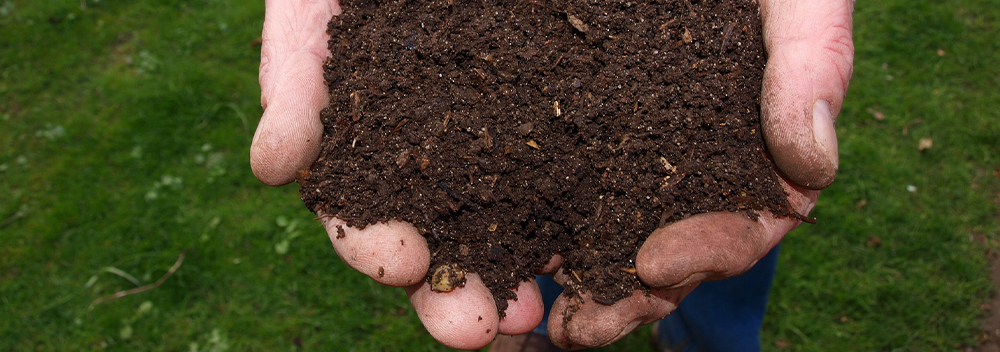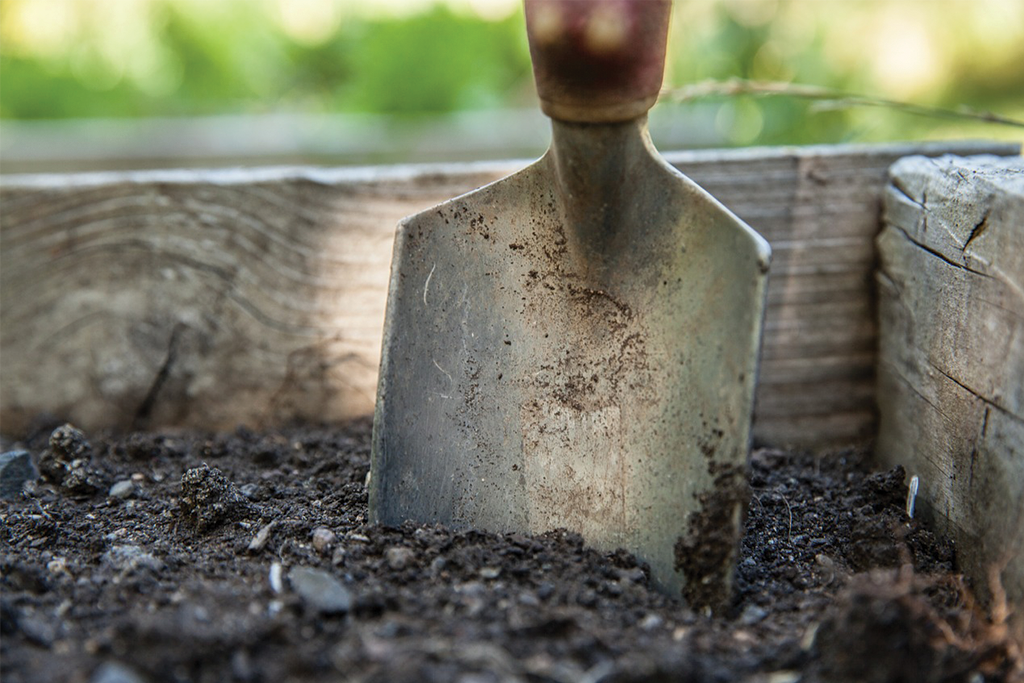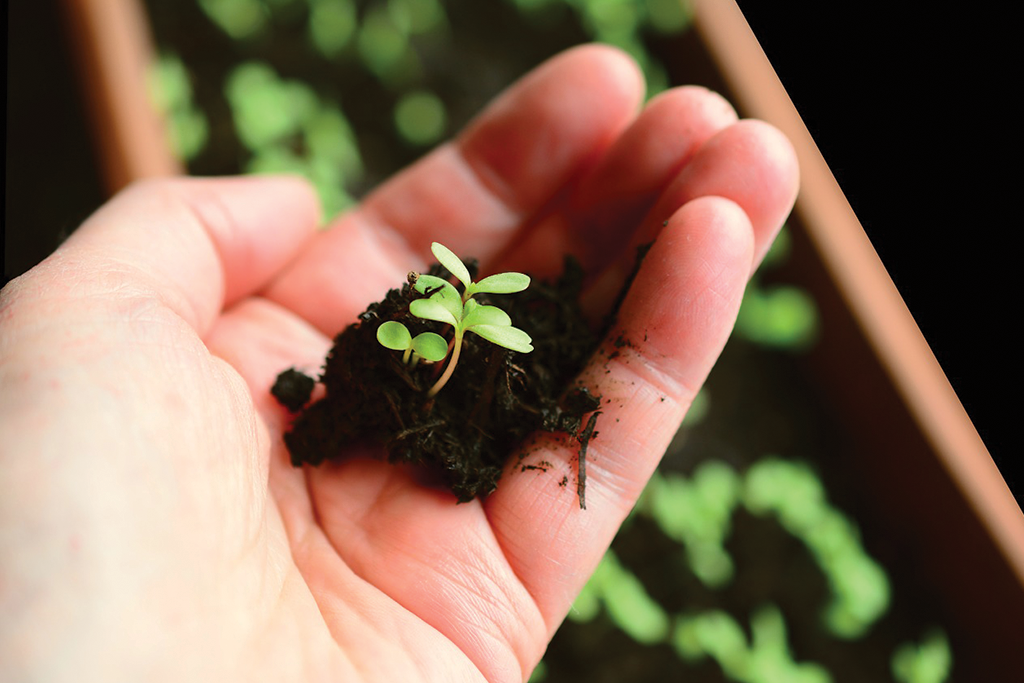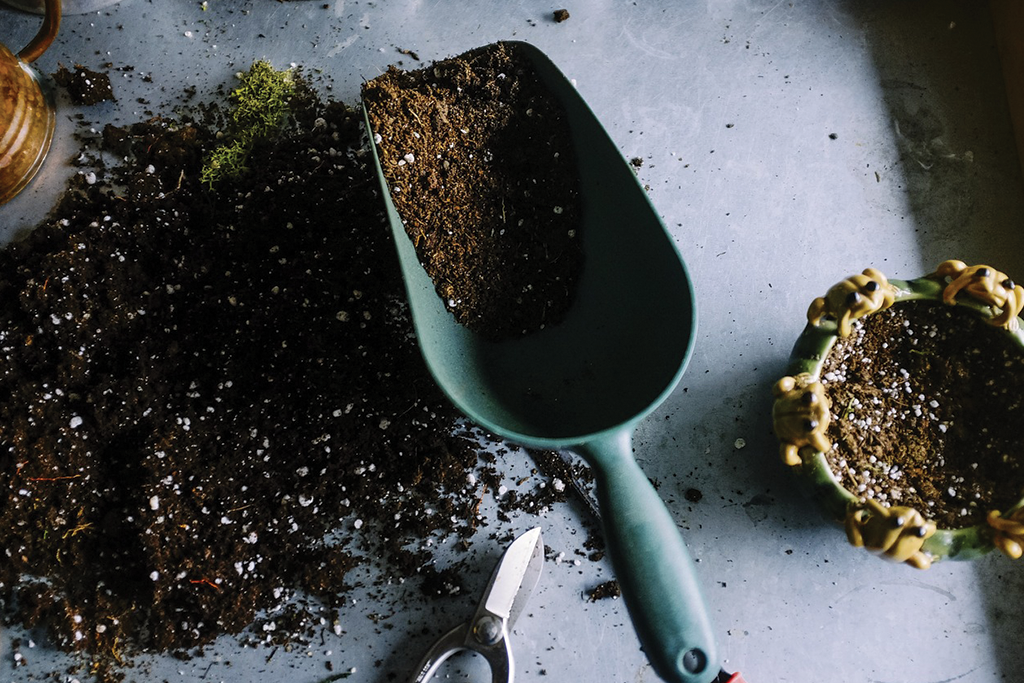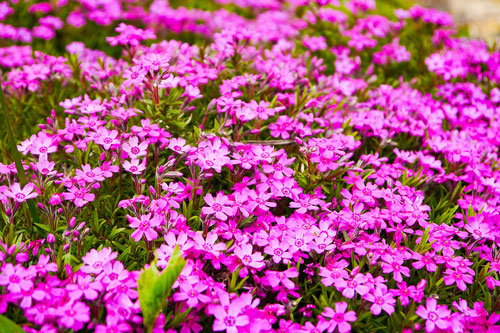Maintaining Outdoor Containers
Maintaining Outdoor Containers
Planting in containers is the easiest, most versatile way to garden. We always recommend container gardening to beginners to help you “get your hands dirty” (quite literally!) and learn the basics of plant care. It’s exciting to choose some pretty containers and some equally gorgeous annuals to fill it up, but once everything has been planted—then what?
Learning how to care for potted plants is no more complicated than taking them home and planting them! Here are our best tips for keeping your outdoor containers looking vibrant into the fall.
Keeping Outdoor Containers Trimmed & Tidy
The key to maintaining container gardens is to keep them from looking unkempt. Unkempt plants will throw off the balance of your container design or detract from the beauty of your plants with unsightly dead material. Here are a few questions we often hear from new container gardeners at our garden centre:
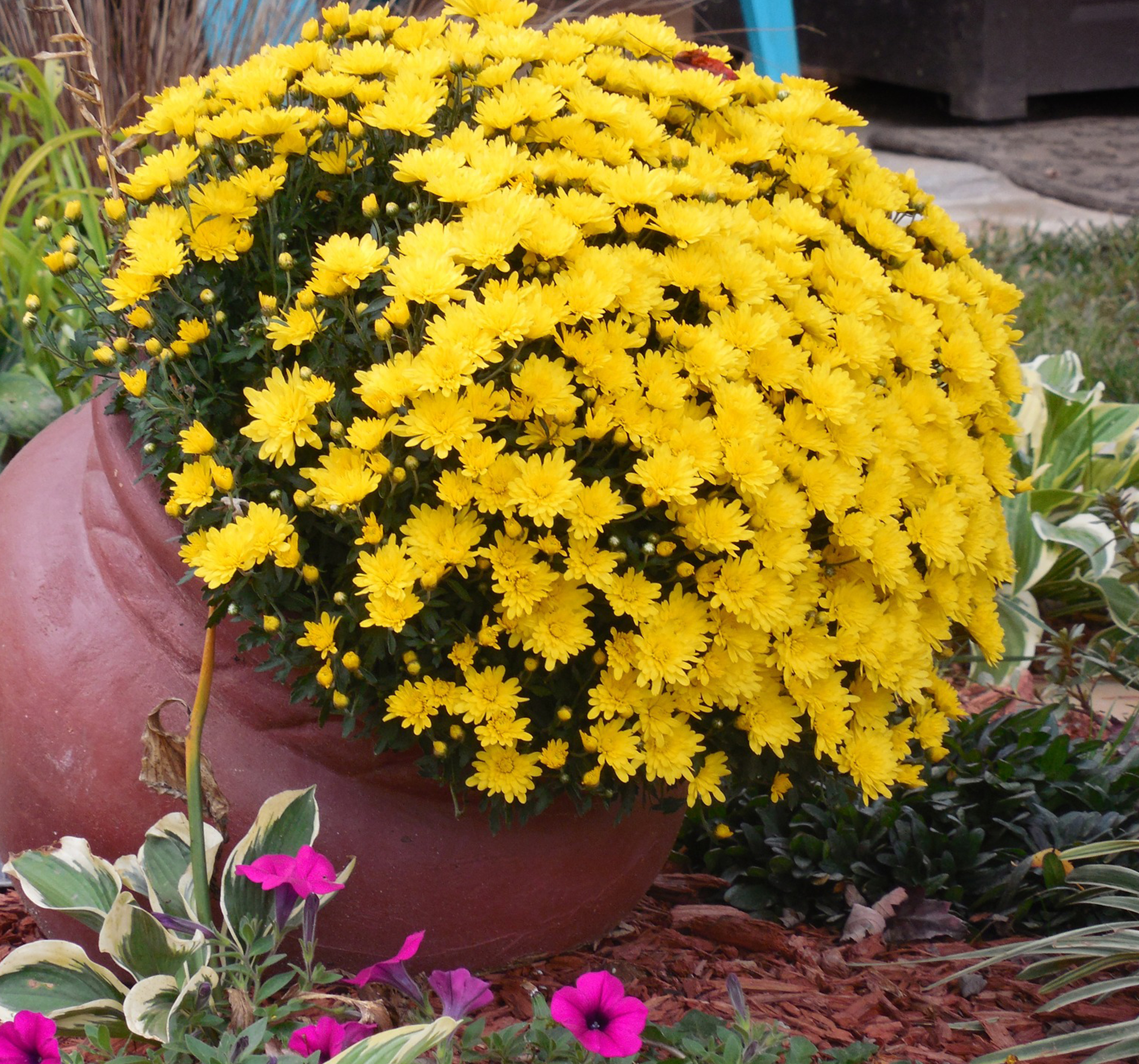
What time of day should I water my plants? The best times to water your plants are in the early morning or in the early evening. At these times, the heat and sunlight aren’t at their peak, which gives your plants more time to absorb moisture before the sun begins to evaporate the water in the container. Well-hydrated plants are less likely to die prematurely, especially in the blazing Manitoba summer sun. You can help containers retain moisture by applying a layer of mulch over the soil—just make sure you leave a little room between the mulch and your plant stems.
How much water is enough? Plants should generally be watered when the first inch or so of soil feels dry. In the cooler months of the growing season, like late May and early June, this may happen only every few days. In the heart of summer, you can expect to water your plants daily or even twice a day for smaller or shallower containers.
When you water, water the soil and not the plant leaves to keep disease at bay. Water thoroughly enough that water emerges from the drainage holes at the bottom of the container, but make sure the water can drain through the soil. If your soil has poor drainage and water is pooling in the container, your plants will be susceptible to rot. Amend your soil with peat or another amendment to improve drainage as soon as possible.
When should I cut back my plants? There’s an element of design preference when it comes to trimming back plants. For instance, you may have a Creeping Jenny vine that you want to cascade bountifully out of the side of your container, whereas another gardener may prefer a few tendrils of vines peeking down. However, there are two other common-sense times when trimming back is appropriate.
The first is if a part of your plant appears diseased, dead, or dried out. To prevent the issue from spreading to the rest of the plant, trim off these bits so your plant can focus on generating new, healthy growth. The other is if your plants have begun to overwhelm the other plants in your container. If it appears one of your plants is getting buried in the foliage of another, trim strategically so each plant has its time in the sun.
How much should I trim off my potted plants? When you start out trimming container plants, you may be concerned about taking off too much. As long as you trim back no more than ⅓ of the plant at a time, your plant should bounce back just fine. It’s also extremely important to leave plenty of foliage on the plant, which allows the plant to photosynthesize sunlight into energy.

Fertilizer for Outdoor Containers
Fertilizer is often an intimidating topic for fledgeling gardeners, but it doesn’t have to be. Container gardeners especially should learn the basics of using fertilizer, as containers are small, enclosed environments that need to have their soil replenished with nutrients regularly. Here are some of our most popular fertilizer questions for container gardens.
What is the best fertilizer for container plants? You may not love this answer, but it depends. The plant variety is much more important than the container when it comes to choosing the correct fertilizer. Fertilizers for flowering plants will need a different nutrient balance than fertilizers for foliage plants, so it’s best to ask one of our garden centre specialists for help when selecting your formula.
How often do you fertilize container plants? This also depends on the fertilizer product you use. Always follow the instructions on the fertilizer packaging—it provides the details of how much to apply for the amount of soil in your container, how to apply it, and how often.
What’s the difference between liquid fertilizer vs. dry fertilizer for potted plants? Liquid fertilizers are normally applied as you water your plants. There are both synthetic and organic formulas available, but the downside to these fertilizers is they need to be applied more often. This is because these fertilizers are water-soluble and drain through the container as you water your plants. Slow-release fertilizers, on the other hand, come as a solid medium you add to the soil that releases nutrients little by little. Both kinds of fertilizers can be very useful, it comes down to the plants you’re growing and your personal preference.
Prolonging the Blooming Period
One of the simplest tricks to keeping your container flowers looking great is to deadhead or pinch off spent blooms. While it may seem counterintuitive to pluck off flowers, deadheading prolongs the blooming period and encourages the plant to produce more flower buds. If spent blooms are left on the plant, the plant will begin to sense the season is ending and stop producing new flowers altogether.
Healthy, great-looking containers are a major asset for your yard. Just about any outdoor space can be enhanced with a pot or two of vibrant flowers and foliage within view. By taking a little time each day to tend to your containers, you and your plants can soak up every sweet moment of our precious summer days.

















